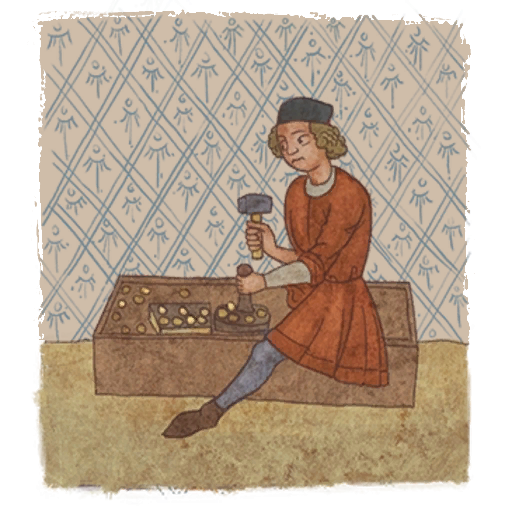
On the 3 July 1288, Stephen de Fulbourn, Archbishop of Tuam died, thus ending the career of one of the most powerful and indeed interesting characters in the history of medieval Ireland. Following his death a list was made of all his possessions. A large collection of gold and silver objects, furs, eleven pairs of silken shoes, linens, fifteen horses, armour and luxurious food items including almonds, rice, figs, raisins and dates were all discovered in his official residence. Stephen had indeed been a very wealthy man, all the more surprising considering the fact that as well as holding the position of archbishop, he was also a member of a religious order and had taken a vow of poverty!

Over the centuries historians have speculated as the exact source of this wealth. Was it as a result of systematic embezzlement over his long career or was it simply the case that the ‘money was resting in his account’ as it were!
Stephen was born in England sometime in the middle of the thirteenth century. He took his name from the village where he was born, Fulbourn which is near Cambridge. He was ordained a priest in the 1260s as a member of the Order of the Knights Hospitaller of St John of Jerusalem (Hospitallers). The Hospitallers, a Crusading order, was established in 1113 by order of Pope Paschal II. Based in Jerusalem they nursed wounded crusaders as well as ministering to the sick poor.
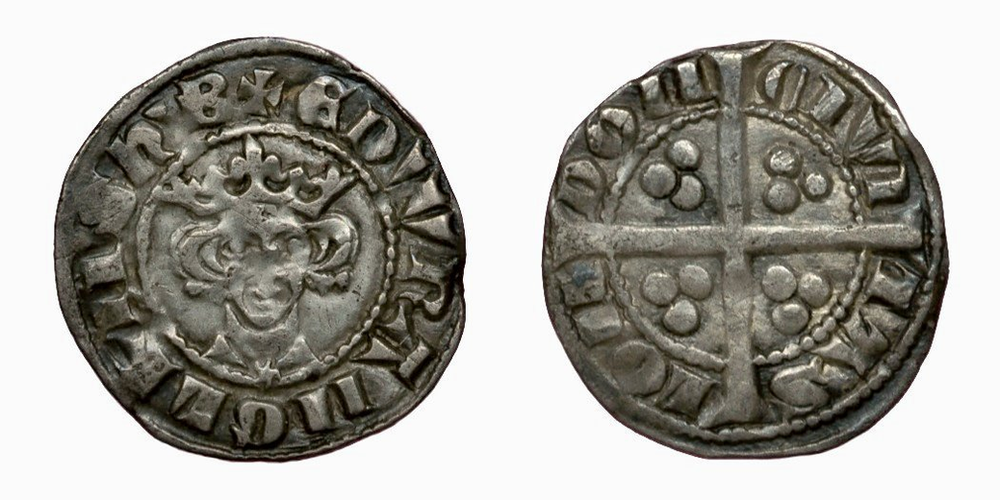
From very early in his career Stephen proved to have a special aptitude for financial management and in 1269 he was appointed acting head of Clerkenwell priory in London, the most important of the order’s English priories. Because of his financial skill he was responsible for increasing substantially the revenues of the order in England. He also came to the attention of King Edward I and in 1274 he was appointed receiver of a tax on Jewish people in England and that same year was appointed bishop of Waterford at the request of the king. His appointment as bishop here was welcomed and it was hoped that by ‘his industry and influence with the king their church, which [had] been reduced to poverty, [would] find timely relief’.
While bishop here in Waterford, Stephen built the original deanery and the surviving ground floor, the Choristors’ Hall still survives underneath the present-day Medieval Museum.
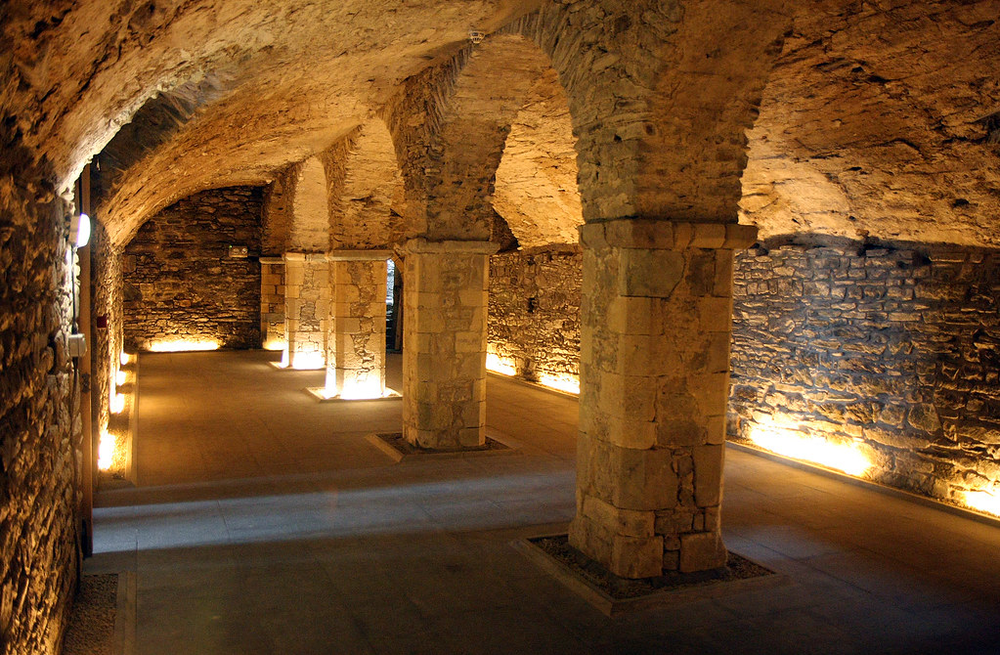
Stephen’s star was indeed rising and later that year in 1274, Edward I appointed him Treasurer of Ireland. In the early years as treasurer, exchequer receipts rose in Ireland. In 1281 de Fulbourn opened royal mints in Dublin and Waterford and in a two year period over £40,000 worth of silver coins were produced. In 1281 he was appointed Justiciar (Governor) of Ireland whilst retaining remaining Treasurer. He now controlled the two most powerful positions in the English administration in Ireland.
n
Stephen was not slow to use his powerful position in the government of the country to advance the careers of his own family members. His brother Walter and his nephews Adam, Andrew and John were all brought into the administration.
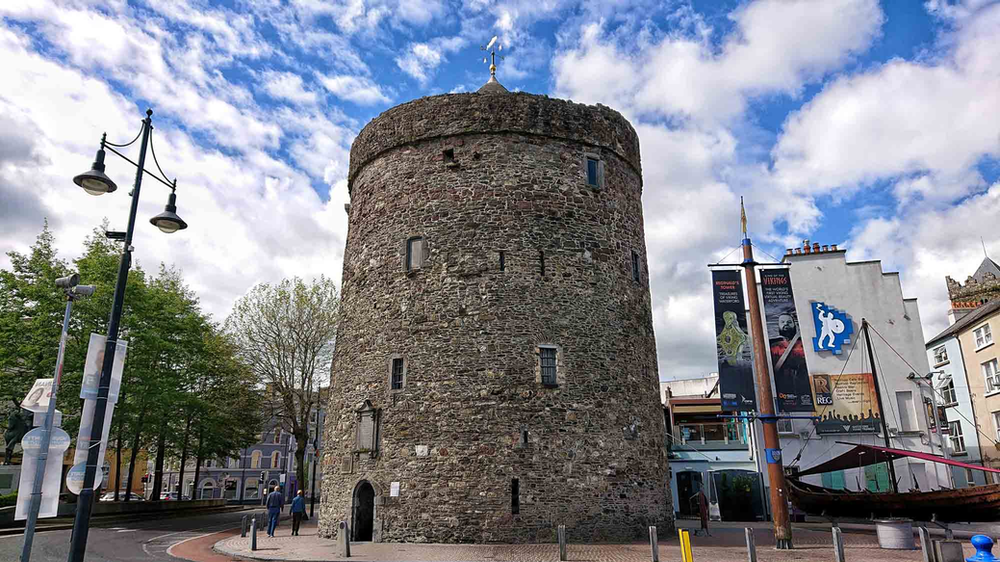
His time as Justiciar was not without controversy however and indeed allegations began to circulate that inferior and underweight coins were in circulation and these were nicknamed ‘stephenings’, steepings or ‘Bishop’s money’ across the British Isles – allegedly in honour of our dear Bishop Stephen. The royal mints were very strictly regulated. A pound weight of silver was used to make 240 silver pennies. However for those working in the mint there was always the temptation to make more coins than was allowed out of the pound of silver, keeping the extra coins for themselves. However the punishments for this crime were severe and if found guilty you could even lose a hand – the law, as we shall see, was somewhat more lenient on Stephen.
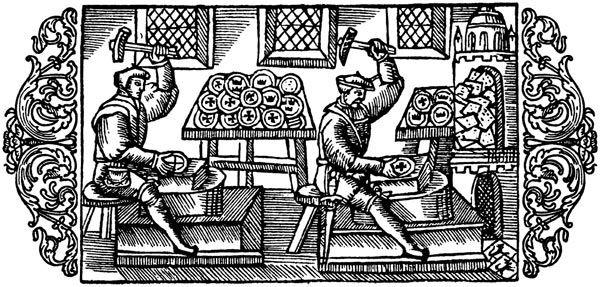
Stephen was also accused of taking bribes and profiteering and his administration of the finances of Ireland were subject to a number of government enquiries. Although most of the charges levelled against him could not be proven, he was eventually found to owe the king £13,000, mostly as the result of inefficiency rather than corruption.
Edward I pardoned Stephen of all debts except £4,000 and he was replaced as treasurer although he did retain his position of Justiciar. There is no doubt that Stephen de Fulbourn was proving to be a problem for King Edward I and indeed the easiest solution to this problem was to actually promote Stephen and then transfer him to the west of Ireland as Archbishop of Tuam – out of sight, out of mind!
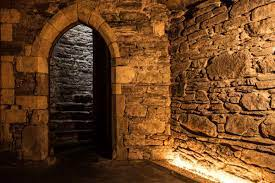
You can learn about Stephen in the Irish Silver Museum, or see what remains of the Deanery he built in the Medieval Museum!


